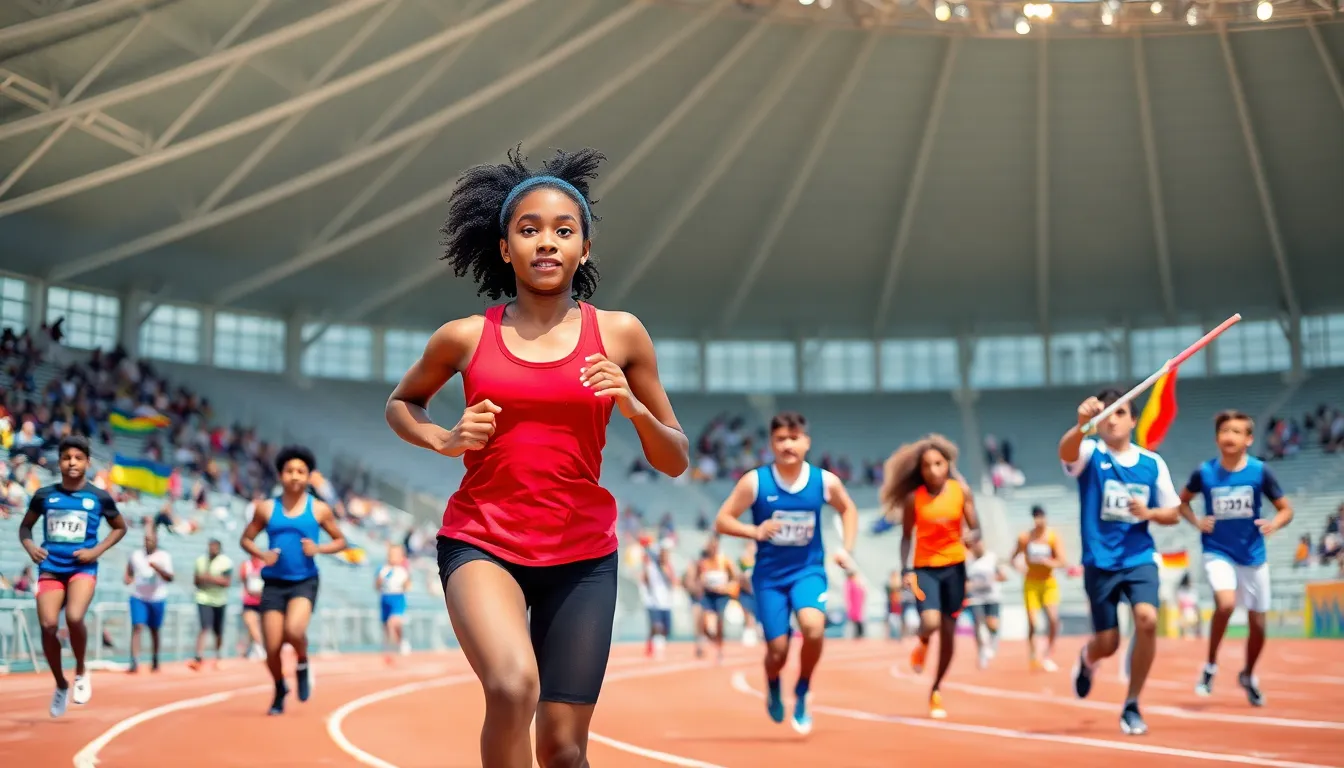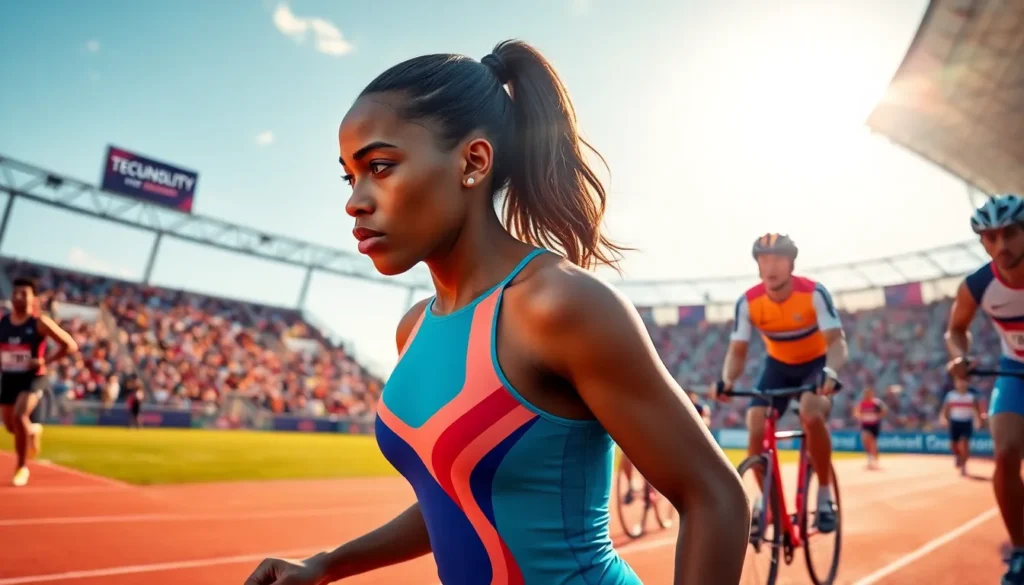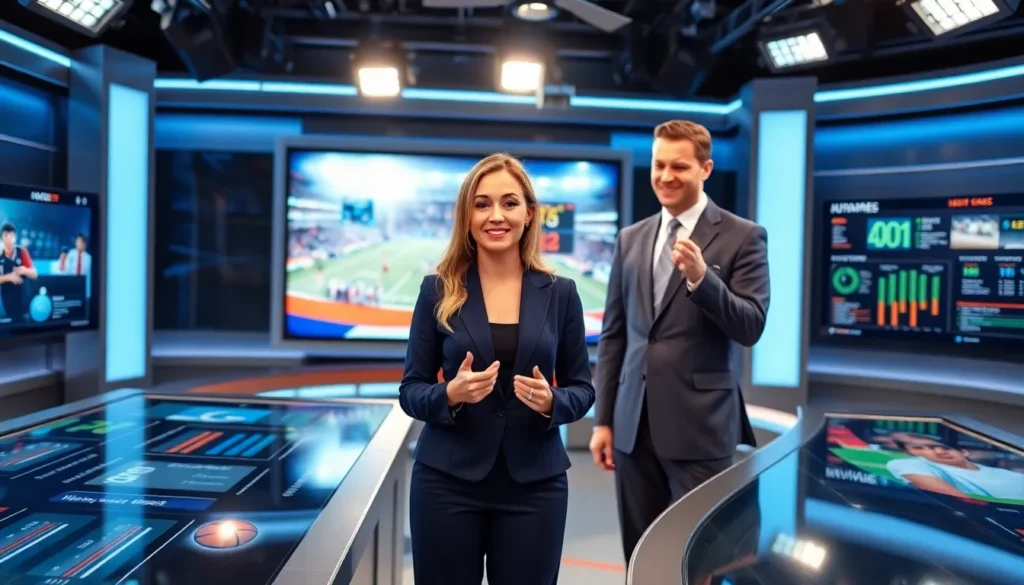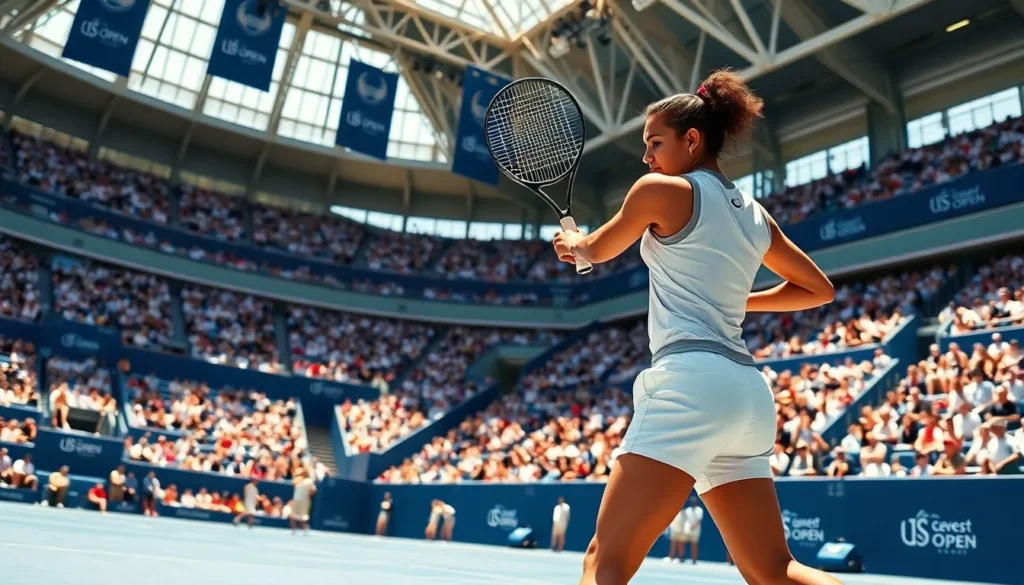Table of Contents
ToggleIn recent weeks, the sports industry has been abuzz with discussions surrounding the Arate Competitions Plateau Deal. This groundbreaking agreement has the potential to redefine how competitions are structured and marketed, promising benefits for athletes, teams, and sponsors alike. As stakeholders across the sporting world begin to absorb the implications of this deal, it’s crucial to investigate into its specifics and consider how it will impact various facets of sports. Here’s everything you need to know about this development shaping the future of sports competition.
Understanding the Arate Competitions Plateau

The Arate Competitions Plateau refers to a strategic initiative introduced by Arate, a prominent player in the sports management sector. This platform aims to create a standardized environment for various competitions, encompassing both traditional sports and emerging ones. The primary goal of the Plateau is to level the playing field, ensuring equal access and opportunities for all athletes, regardless of their background or the sport in which they engage.
One of the standout features of the Arate Plateau is its commitment to inclusivity and accessibility. By reducing entry barriers and introducing streamlined processes for participation, Arate seeks to attract a diverse range of competitors. This approach not only enhances the overall quality of competitions but also fulfills a growing demand for fairness in sports, a critical issue in today’s increasingly competitive landscape.
Key Features of the Plateau Deal
The Arate Competitions Plateau Deal encompasses several key features designed to enhance competitive sports. Firstly, it introduces a transparent point system that evaluates athletes based on performance metrics across different competitions. This system aims to provide a fair comparison of player performance, promoting healthier competition and more accurate rankings.
Secondly, the deal emphasizes technology integration, particularly through data analytics and real-time feedback mechanisms. By utilizing advanced metrics, coaches and athletes can analyze performance trends and make informed decisions about training and strategy.
Besides performance metrics, the platform offers a robust marketing framework that supports individual athletes and teams. Branding opportunities, sponsorships, and media visibility are all laid out within the deal, ensuring that all participants can leverage their involvement in the Plateau for greater visibility and endorsement potential. This not only boosts the commercial viability of sports but also enhances athletes’ individual marketability.
Impact on Athletes and Teams
The ramifications of the Plateau Deal on athletes and teams are profound. By introducing a more standardized competition framework, athletes can expect to compete on a more level playing field, which is particularly crucial in dynamic sports where competitive disparities often diminish the spirit of sportsmanship.
For emerging athletes, this could mean easier access to higher levels of competition without facing the steep barriers that typically accompany entry into more recognized events. The transparency of the point system may also foster healthy rivalries, motivating athletes to push their limits and achieve greater personal bests.
Teams, on the other hand, could benefit from streamlined recruitment strategies. With a clearer view of athlete performance and potential through the accessibility of data analytics, scouting and signing new talents could become more efficient, enabling teams to build more competitive rosters.
Industry Responses and Insights
Leading figures in the sports industry have voiced their opinions on the implications of the Arate Competitions Plateau Deal. Many coaches and team managers laud the initiative for providing a transparent framework that could revolutionize athlete recruitment and performance assessment.
But, some skeptics raise concerns about the potential for data overload. They argue that while analytics can provide valuable insights, the reliance on metrics might overshadow the inherent qualities of sportsmanship and individual flair that make competitions exciting.
Also, established leagues may see the Plateau as a challenge, with newcomers gaining traction in areas traditionally dominated by established entities. This disruption, according to industry insiders, could lead to a re-evaluation of traditional competition structures and sponsorship arrangements.
Future Prospects for Sports Competitions
Looking ahead, the Arate Competitions Plateau Deal could signal a shift in the landscape of sports competitions worldwide. Its emphasis on inclusivity and performance transparency can inspire similar initiatives in various sports, leading to a renaissance in how competitions are perceived and managed.
As technology continues to evolve, there’s potential for further enhancements in athlete training methods and fan engagement. The Plateau could serve as a blueprint for future sporting organizations seeking to harness technology and inclusivity to grow their sports.
Besides, as more athletes and teams embrace the competitive model established by Arate, it could give rise to an entirely new ecosystem of sports competitions, complete with unique funding structures and sponsorship opportunities. This could significantly impact the sport’s grassroots levels, encouraging more participation and investment.
Conclusion
The Arate Competitions Plateau Deal represents a notable evolution in the realm of sports competitions. By prioritizing inclusivity, transparency, and technology, it promises to reshape the way athletes and teams interact within the competitive landscape.
As the sports world adapts to these changes, there lies a wealth of opportunities for both established and emerging competitors. The success of this initiative will largely depend on its ability to engage stakeholders and maintain a balanced focus on competition integrity and performance enhancement. In the coming years, the ramifications of this deal could extend far beyond its intended scope, influencing competition structures and athlete development strategies for generations to come.







